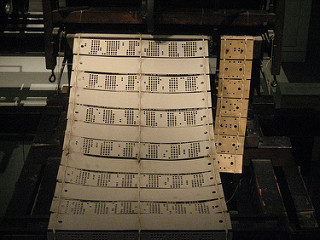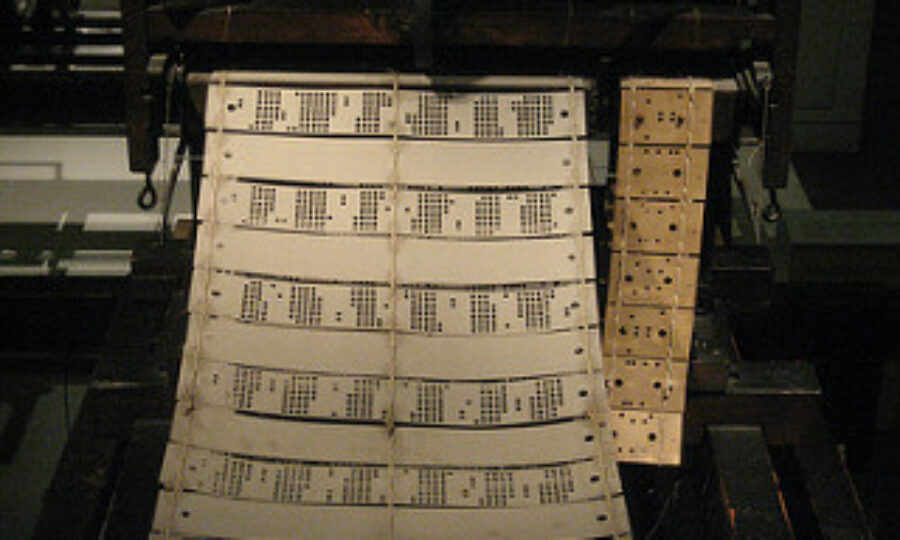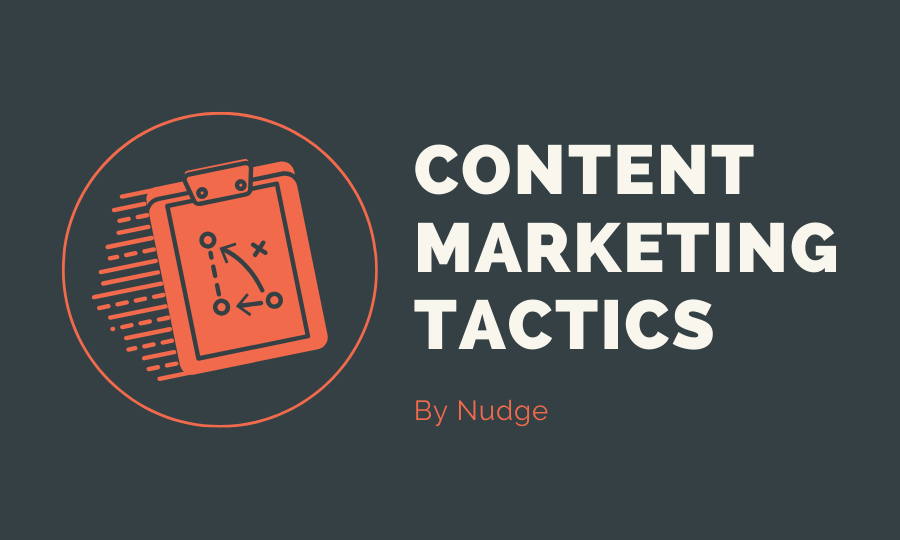Content is something that is evidently growing and intertwining with marketing. So how and in what way was it used before everything went digital?
When you talk about content analytics nowadays, everything is done through different measurement tools and Nudge is one of them. It’s evident that this has hardly been the case if you examine content analytics through a historical perspective.
In 1931, Alfred R. Lindesmith developed something that became known as a “content analysis technique”, a methodology that was developed to discredit existing hypotheses. This procedure made it possible for researchers to use much larger amounts of textual information and identify its separate properties, and to exemplify it for you, one of these being “most used keywords” (Source: Contentanalysis). This was done by locating the most influential structures of its communication content. These vast amounts of textual information needed to be categorized to present a meaningful reading of content under scrutiny (Source: Wiki). An example of this was when a coding frame was created by David Robertson. This coding frame was used to compare modes of party competition between American and British parties. In 1979, the Manifesto Research Group made some additional developments where they were aiming at a comparative content-analytic approach on the policy positions of political parties.
Source: Dannyman
Content analysis was a very time consuming process, due to the fact that the analysis was done manually or by very slow mainframe computers (Source: Wiki). These computers analyzed punch cards containing data punched in by coders, due to time constraints along with human errors, it was a very difficult and inefficient method to use for longer texts.
Even though this was not the most practical of methods, it was often applied in the 1940’s (Source: The Writing Studio) . The researchers were spending time on limited studies where they examined texts for the repetitiveness of the occurrence of identified terms, also known as word count. But this was all swiftly changing and in the mid-1950’s, more progressive and sophisticated methods were starting to take shape where the light was being shed on concepts rather than just words.
Content analytics has since the 1980’s become an imperative tool in public relations (Source: Wiki). It’s used to measure the success of programs and assessments of media profiles which, in these circumstances, is an element of media evaluation. Data from content analysis is generally combined with media data (readership, number of viewers, listeners and circulation).
These days content analytics is a very important tool for companies to evaluate in what shape their programs are in. It makes it possible to identify and tweak issues and is more or less essential for a well functioning marketing campaign.

|
|---|



